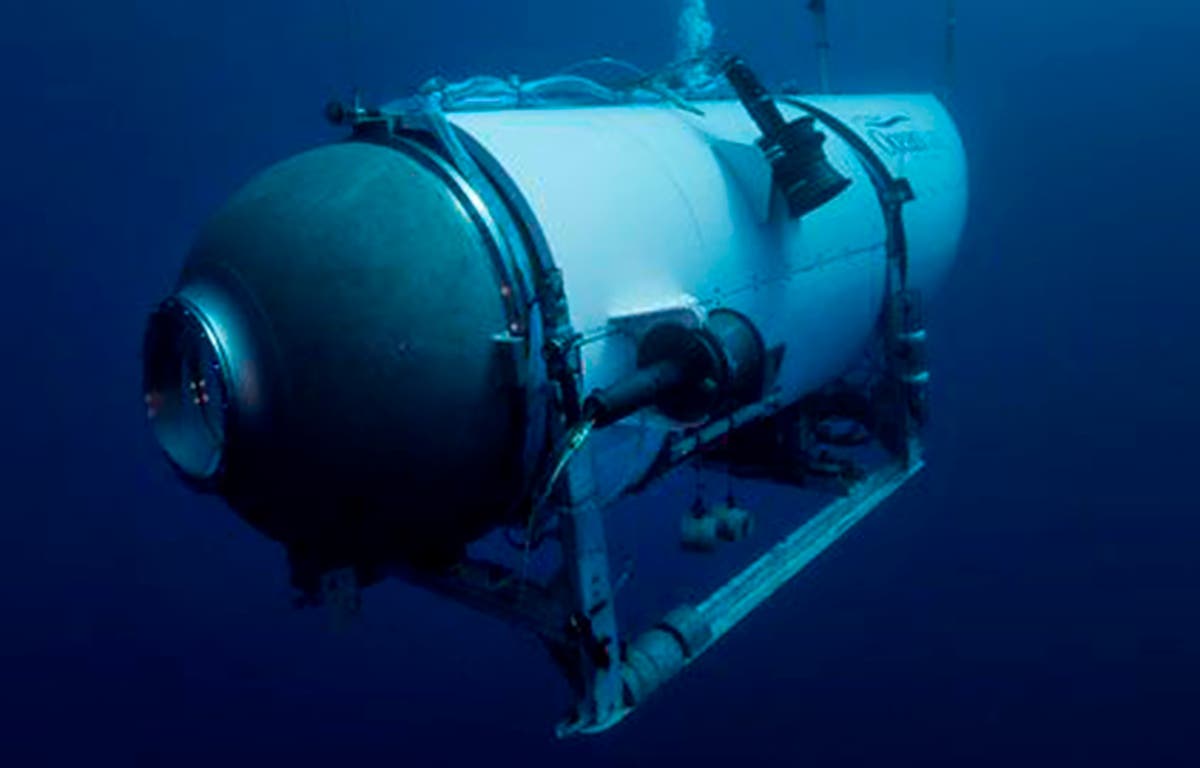Today marks one year since the Titan submersible slipped beneath the waves of the North Atlantic Ocean and sparked one of the most extraordinary search and rescue missions in recent memory.
Offering commercial trips to the most famous shipwreck in history, the company behind the Titan, OceanGate, charged $250,000 a trip in the “Titanic tourist sub”.
The only manned visit to the wreck last year had people around the world watching with bated breath after the Titan lost contact with the surface an hour and 45 minutes into its dive.
What followed was a dramatic search above and below the water before the sub’s estimated 96 hours of emergency oxygen supply ran out.
The rescue operation – which at one point offered a glimmer of hope when intermittent banging noises were heard by experts – ultimately ended in tragedy when the remains of the submersible were discovered near the bow of the Titanic.
This is a full timeline of the Titan submersible disaster and its aftermath.
The Dive
News of the mission to the Titanic was broken by one of the Titan’s passengers, British explorer Hamish Harding, who took to Instagram on 17 June to explain that “a weather window” had opened up.
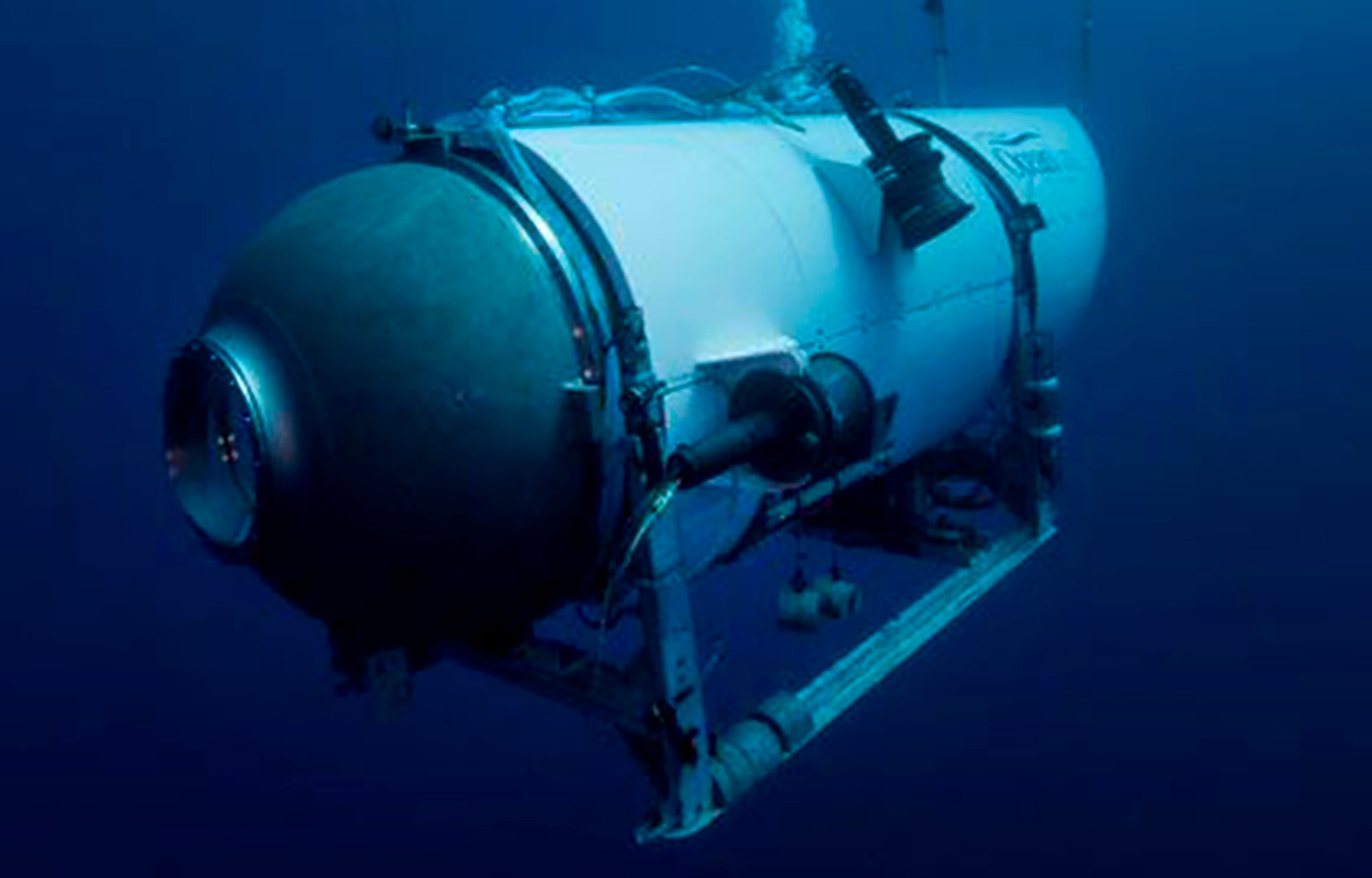
“I am proud to finally announce that I joined @oceangateexped for their RMS TITANIC Mission as a mission specialist on the sub going down to the Titanic,” he wrote. “Due to the worst winter in Newfoundland in 40 years, this mission is likely to be the first and only manned mission to the Titanic in 2023. A weather window has just opened up and we are going to attempt a dive tomorrow.”
He added: “The team on the sub has a couple of legendary explorers, some of which have done over 30 dives to the RMS Titanic since the 1980s including PH Nargeolet.
“More expedition updates to follow IF the weather holds!”
This was Harding’s last post on Instagram.
The Titan was launched from the vessel the Polar Prince at 8 am EDT, the US Coast Guard reported.
An hour and 45 minutes later, the Titan lost contact with the Polar Prince, but this was initially not a huge cause for concern because it had happened before.
The journey to the Titanic typically took the submersible around two hours, where it would travel to a depth of 12,500 feet and back again.
It took a further two hours after the Titan failed to resurface at the planned time of 3 pm EDT for the authorities to be alerted of an “overdue submersible” at around 5:40 pm EDT.
The Search and Rescue Operation
News of the missing submarine went global the following day when a search and rescue mission was launched by Canadian and US authorities.
The Titan was able to dive to the wreck with little question because of its location in international waters, with the Titanic wreck sitting around 80 nautical miles south of Newfoundland, Canada and 1,240 nautical miles east of New York City.
News of the massive search and rescue operation was accompanied by the revelation that the submarine had an emergency oxygen supply of 96 hours.
This meant that if the submersible – which measured 6.7 metres long – had made it to the surface after losing contact, its occupants would suffocate to death as it was locked from the outside.
An area larger than the size of the state of Connecticut was subsequently searched for the missing submersible and its five passengers.
The men aboard were British billionaire Hamish Harding, 58, Pakastani billionaire Shahzada Dawood, 48, and his son Suleman Dawood, 19.
They were accompanied by French Titanic expert Paul-Henri Nargeolet, 77, otherwise known as “Mr Titanic”, and American Oceangate CEO and co-founder Stockton Rush, 61.
This prompted comparisons with the original disaster itself, which famously claimed the lives of many wealthy people including John Jacob Astor – the Titanic’s richest passenger, who was worth the equivalent of $2.75 billion today.
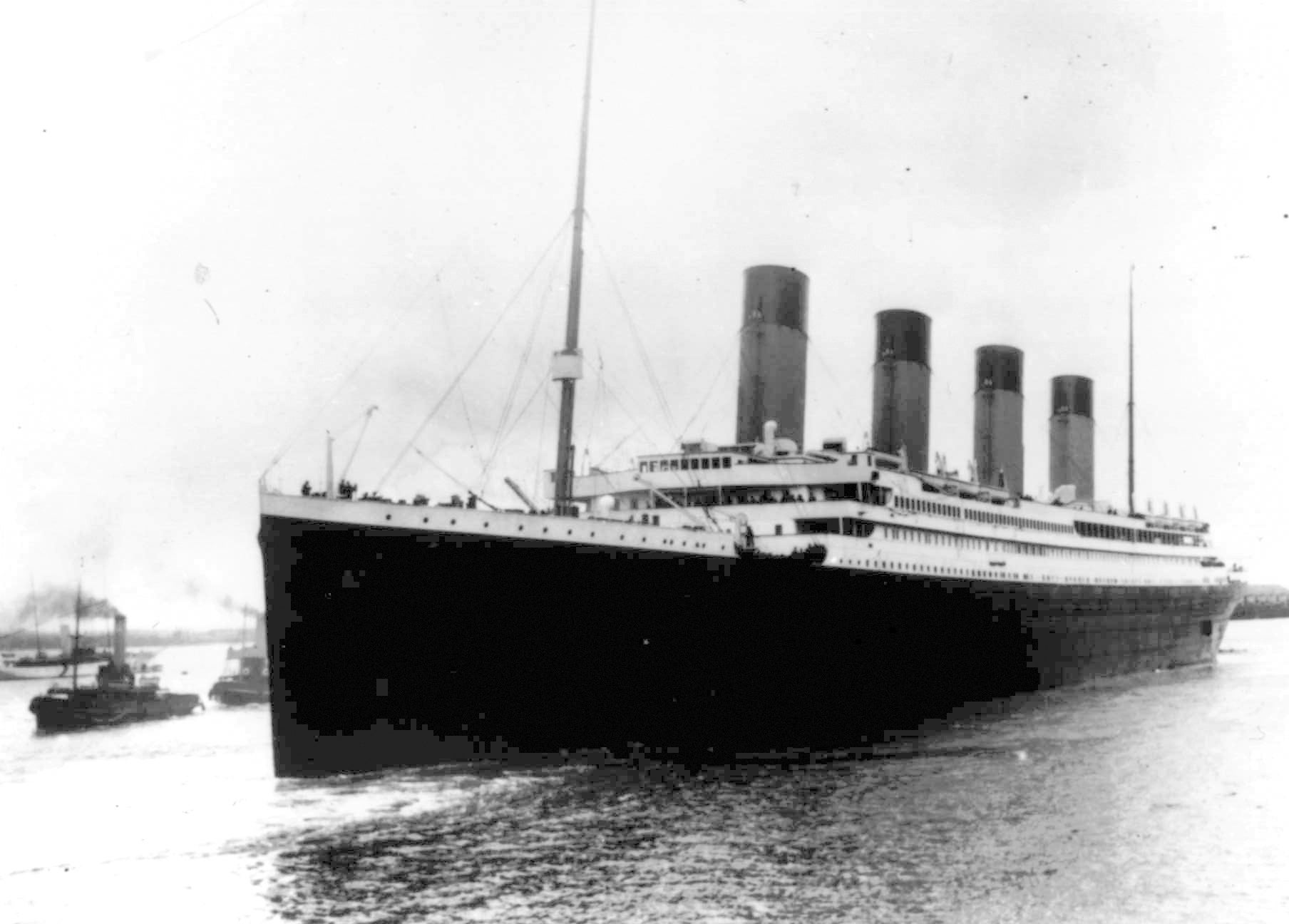
96 Hours of Oxygen
Following news that the men had a limited supply of oxygen, the US Coast Guard announced that it was “deploying all available assets” in a bid to recover the submersible.
This included unmanned RVs on the ocean floor as well as search vessels and planes.
The news channel News Nation found itself in hot water with commentators over its “oxygen remaining” countdown, which was deemed to be in bad taste.
Hope finally came on June 21 – around a day before the sub would have run out of oxygen – when intermittent underwater banging noises were detected from the area where the vessel disappeared.
This prompted the US Coast Guard to relocate its underwater ROV search.
“Those ROV searches have yielded negative results but continue,” the U.S. Coast Guard tweeted.
The search also amped up a gear with the arrival of a portable crane system in St John’s Newfoundland, which was capable of bringing up items from depths of up to 20,000 feet – almost twice the depth of Titanic.
The Debris Field
But despite the hope offered by the intermittent banging noises, news of the Titan’s fate was finally confirmed on June 22, just hours after its oxygen supply would have ran out, when its debris were discovered around 1,600 feet from the bow of the Titanic wreck.
The coast guard subsequently declared that the vessel had suffered a “catastrophic implosion” and offered their condolences to the families of the men on board.
Following this revelation, it was confirmed that the banging noises came from a source unconnected to the Titanic.
It then emerged that an underwater explosion was detected by authorities around the time the Titan went missing and questions have now been raised about why this was not taken into consideration during the search.
According to reports, the US government spent $1.2 million on the search by 23 June.
One of those who criticised the handling of the search and rescue was Titanic director and explorer, James Cameron, who recently said that he knew the sub was lost shortly after it went missing.
“I literally wrote that on the [notepad] the moment I heard from my naval source, a very reliable source, that they had heard an event and triangulated it to the site [of the sub],” Cameron said.
Captain Jamie Frederick of the US Coast Guard, however, defended the handling of the operation and said that the mission could not be called off until there was definitive evidence of the men’s deaths.
“In the business of search and rescue, absent definitive information, we have both a moral and statutory responsibility, frankly, to continue to search,” Frederick said.
“If you don’t have hope and you’re conducting a search and rescue case, you’re in the wrong business.”
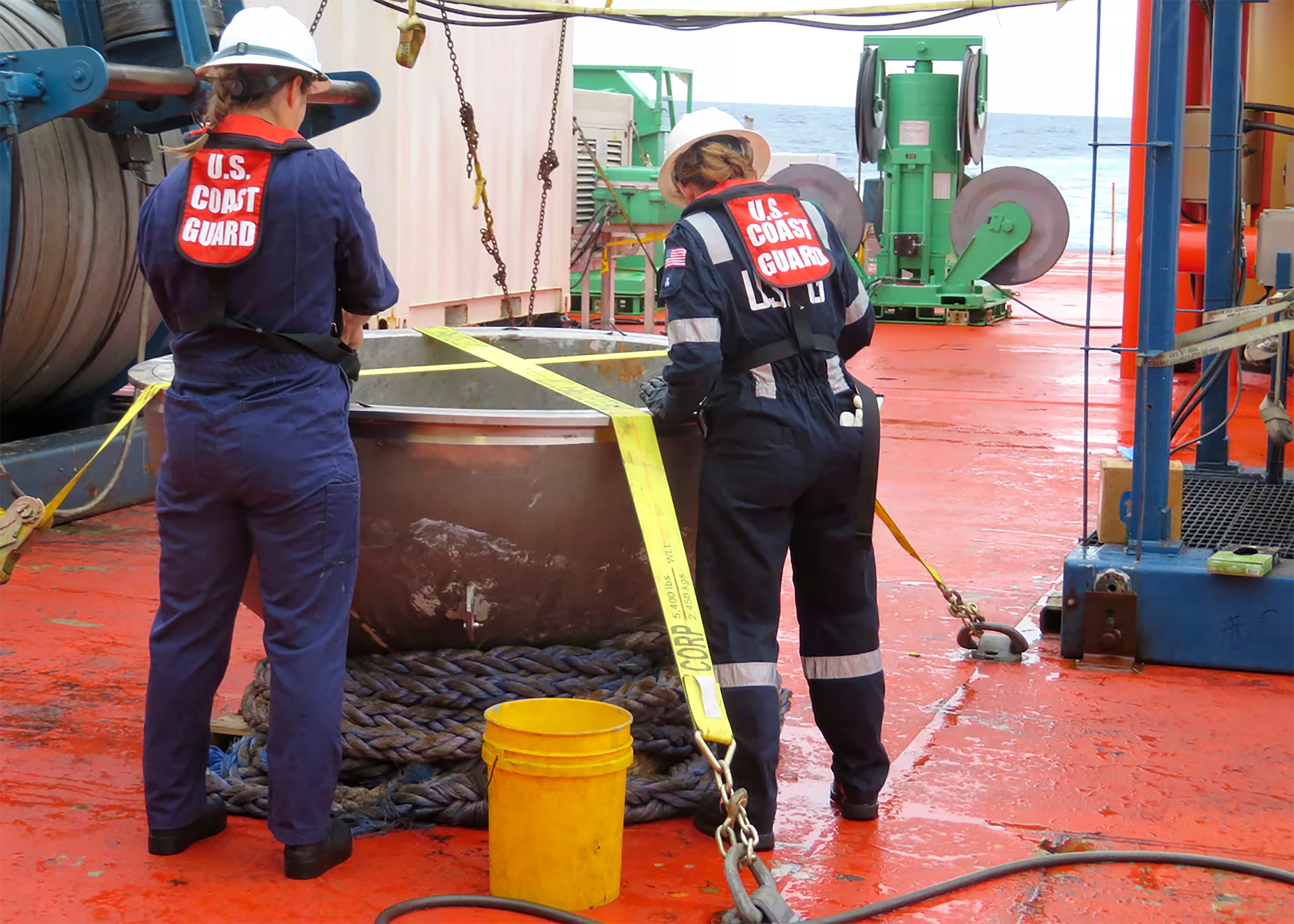
OceanGate
Once news of the implosion broke, OceanGate immediately ceased all of its operations.
But even before the disaster, concerns had been raised about the safety of its operations, as they were conducted in an uncertified submersible.
The company also notably had its passengers sign a waiver accepting the possibility of death – and the sub’s “experimental” status – multiple times.
Problems within the company remain visible on the company review website Glassdoor, where a former employee described OceanGate as “reckless” in February 2023.
They described the company as “dangerous” and said they had “no regard for human safety”.
One of the biggest criticisms of OceanGate was the Titan’s use of a carbon fibre hull, which is widely believed to be unsuitable for deep-sea diving.
When referring to it in now-haunting footage, CEO and Titan victim Stockton Rush joked that he would be “remembered” for the “rules” he broke.
Aware that the material was prone to cracking at great pressure, the Titan, which did make successful dives to the Titanic, had an internal monitoring system to check for weaknesses in its hull.
But this has been rubbished as a safety mechanism in the wake of the disaster as even the smallest of cracks would lead to disaster at such great depths.
“These guys broke the rules,” Cameron told 60 Minutes. “It’s that simple. They should not have been legally allowed to carry passengers.”
While suspected human remains were recovered with the debris, because of the nature of the explosion, it has been widely reported that the men died instantly and would have had no warning about their impending fate.
The Investigation
The investigation into the disaster remains ongoing, despite initial reports that it would be completed within 12 months.
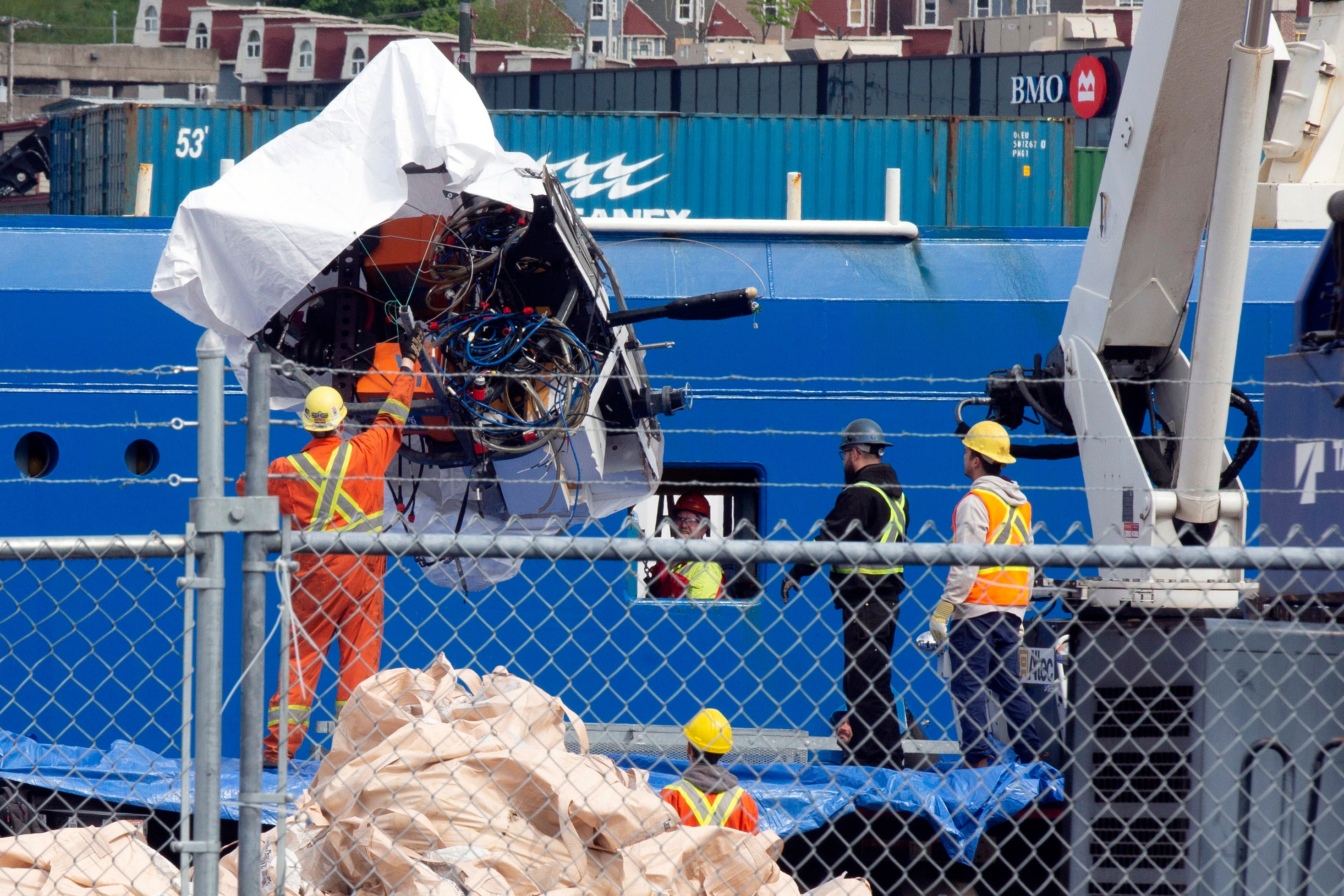
In its most recent update on 14 June, the US Coast Guard explained that their “investigation remains active but will take longer than initially projected to complete.”
“Several factors have extended the original 12-month timeline for the investigation,” they explained. “These include the need to contract two salvage missions to secure vital evidence and the extensive forensic testing required, which has led to necessary delays.
“The [U.S. Coast Guard Marine Board of Investigation] continues to coordinate with multiple investigative agencies that have concurrent jurisdiction or a substantial interest in the marine casualty.”
A spokesperson from the US Coast Guard told The Independent: “Currently, the Marine Board of Investigation (MBI) into the Titan remains in the fact-finding phase and is collecting all relevant evidence and information.
“At this time, we do not have a projected completion date. The latter part of the fact-finding phase will include a public hearing. The MBI will provide at least 60-days’ notice ahead of this public hearing.”
Family reflections
Christine Dawood, whose husband and son were lost in the disaster, recently paid tribute to them on Facebook.
Alongside a picture of candles, she wrote: “As the one year anniversary is coming closer, I’m reflecting back on a time that nearly broke me, and yet the love and support I’ve received was, and still is, so huge that I can’t feel anything but being grateful.
“I miss them every day, every hour, every minute, they will never be replaced.
‘With these candles, I’d like to send their light to anyone who’s open enough to receive it.
“I’d like to thank everyone for their love and prayers. I felt them and they helped.
“Light a candle for the missing people in your life and send their light into the world.”

Meanwhile, Mr Nargeolet’s daughter told The Times that she took comfort in knowing that her father died while pursuing his biggest passion, the Titanic, which he spent his life researching.
However, she criticised OceanGate for their lack of follow-up with the families.
“That is not normal,” Sidonie Nargeolet said. “The least they could do is offer their condolences.”
Future Expeditions
Despite the fact that five men lost their lives in the Titan, explorers’ appetites for deep-sea exploration do not appear to have waned in the wake of the disaster.
“It’s been a desire of the scientific community to get down into the ocean,” Greg Stone, an explorer and friend of Stockton Rush, said. “I have not noticed any difference in the desire to go into the ocean, exploring.”
Another billionaire, Larry Connor, 74, actually announced his intention to return to the Titanic wreck with Triton Submarines sometime in 2025 to prove that it can be done “safely”.
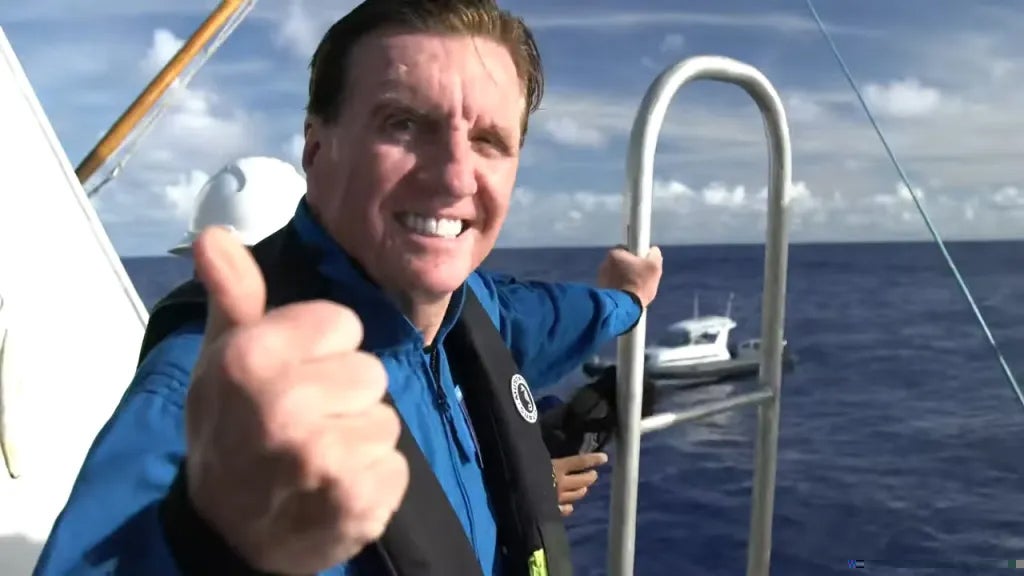
Triton Submarines have been vocally critical of OceanGate and said their submersibles, which successfully reached the deepest point in the ocean, the Marina Trench, are certified.
There will be no manned visits to the Titanic in 2024, although the company which owns salvage rights to the site, RMS Titanic Inc, plans to undertake an unmanned mission in July.
The Independent has reached out to RMS Titanic Inc for further comment.

